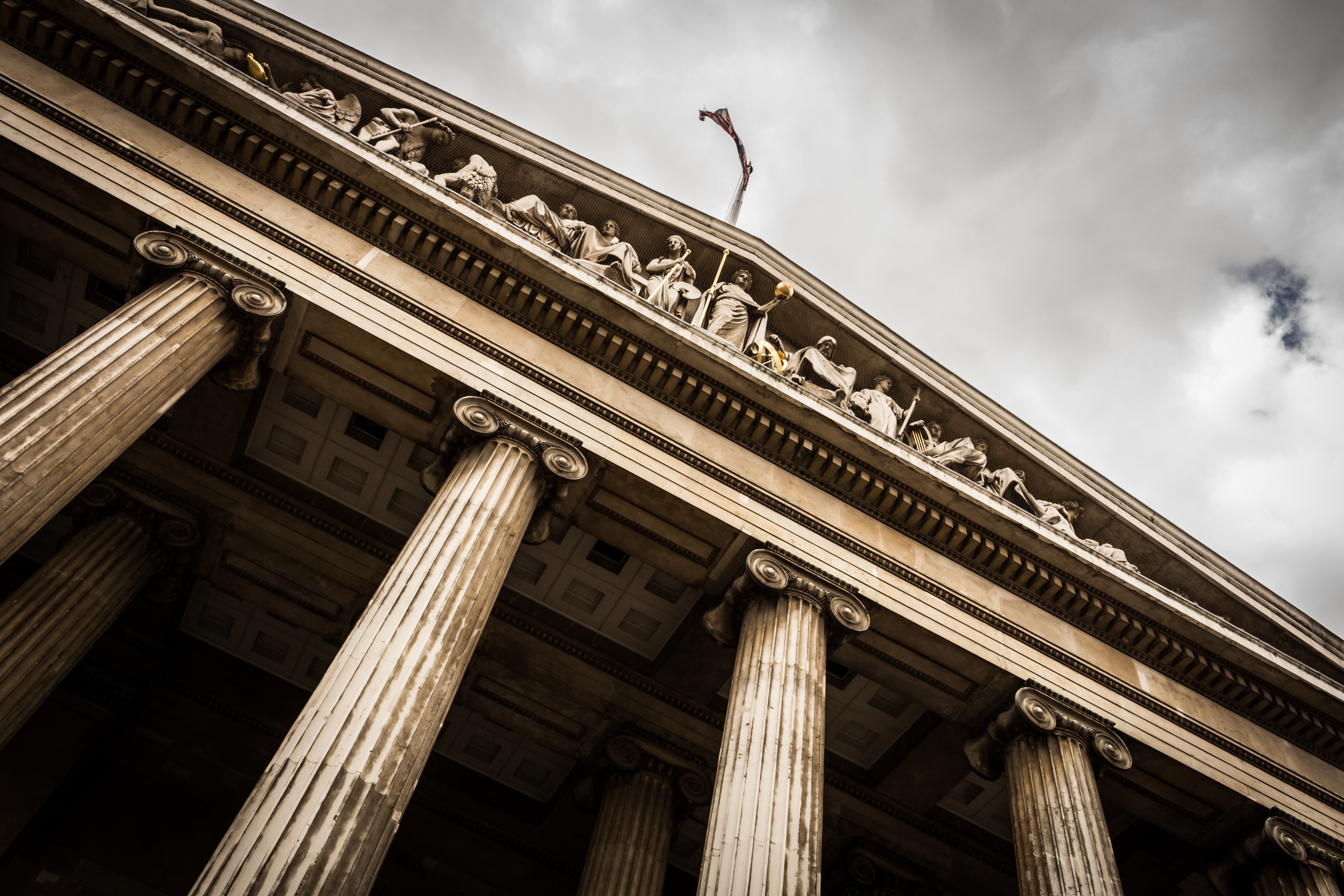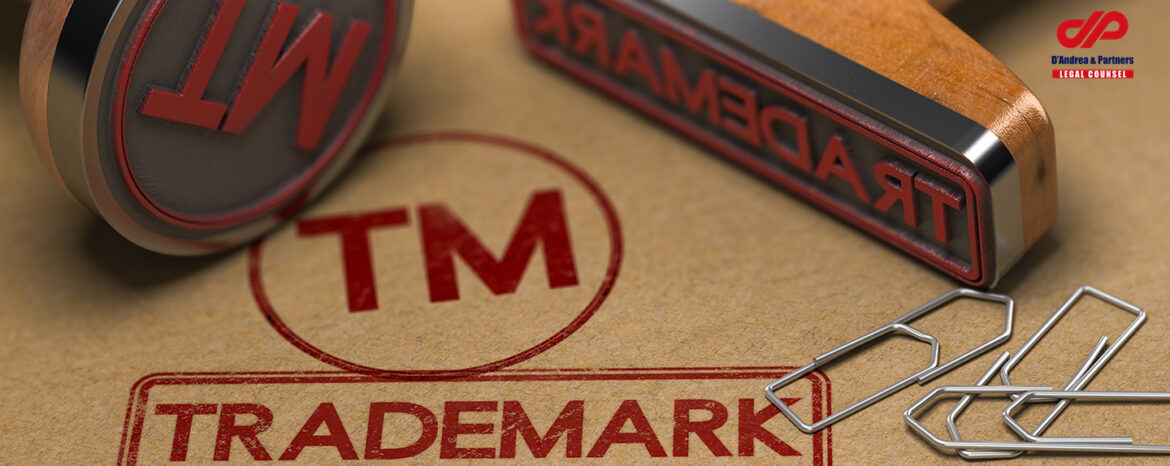Given the increasing attractiveness of the Vietnamese market, investors should also give serious consideration to Intellectual Property Rights protection within the territory. The first step to take when entering a new country is to register your trademarks to avoid any imitations or copies by local businesses that could easily reproduce branded products and benefit from the trademark creator’s investments and reputation.
A trademark is a sign to distinguish goods and services of a particular source from those of others and to which the owner has an exclusive right. Trademarks can be words, names, phrases, symbols, designs, images, distinctive features or a combination of these elements that can be represented graphically. Vietnam adopts the ‘first-to-file’ rule, which means that the first individual or legal entity to file a trademark application will own that right once the registration is granted.
Trademarks are eligible for protection under Vietnamese law provided that they are visible signs in the form of letters, words, drawings or images (including holograms), or a combination of these, represented in one or more colors. In Vietnam three-dimensional signs (shapes) can be registered as trademarks, but trademarks based on sound and scent are not recognized. Vietnam is an official member of the Madrid Protocol and party to the Paris Convention.
Foreigners are entitled to register their trademarks even if they have already registered them internationally. For individuals and legal entities that are not established or residing in Vietnam, the NOIP (National Office of Intellectual Property) requires a local attorney for the submission of an application.
The examination of the application is required to determine whether the trademark is acceptable. It might be rejected for a number of reasons, including a lack of description or distinctiveness, or if the mark is deceptive in nature. Non-distinctive marks refer to simple geometrical symbols, commonly used words, etc. Deceptive marks are those that may deceive the public, for instance, in relation to the nature, quality or geographical origin of the goods or services. Please find the following general overview of the registration process for reference:
- Formality examination
- Substantive examination
- Publication for third parties to oppose the registration
- Registration/ Issuance of certificate
If the official examiner objects to the application during the examination process, applicants are given a fixed period of time to respond with arguments or proposals in order to overcome the objections, such as narrowing down the specifications for the goods/services.
The publication period following the examination of a trademark application provides an opportunity for any interested third parties to oppose the registration. If no oppositions are filed, the trademark will be definitively registered. After the official registration, a Notice is published in a local English-language newspaper to give public notice of the registration and the opportunity to challenge the trademark.
It is advisable to instruct local attorneys to conduct preliminary searches if you intend to launch the trademark before it is accepted for registration. It is important to find out as early as possible if a previously unknown, conflicting trademark might cause issues for registration. Knowing your position in advance helps you to better avoid conflicts and the loss of investment.
Generally speaking, it is usually better to register the trade name before the logo. However, to avoid any mistakes, it is common practice to register both. Nonetheless, there are some risks to this strategy: separate registrations reduce the risk of objections, as the application for a composite mark can be rejected if, for instance, the logo bears a similarity to a registered mark even if there are no objections to the name.
When filling the application form, the applicant will select the relevant category of services and goods. The Nice Classification (NCL) established by the Nice Agreement (1957) is an international classification of goods and services, which counts 45 classes in total, applies to the registration of trademarks and is also adopted by Vietnam. A single application can be filed to cover more than one class of goods or services.
Another word of advice would be to review the potential use of one trademark for related items or services and don’t just consider the immediate class in which the product is to be sold. This means selecting a group of classes and subclasses that are not currently needed but might be in the future. Trademarks are protected for 10 years from the date of receipt of the application and may be renewed indefinitely.



